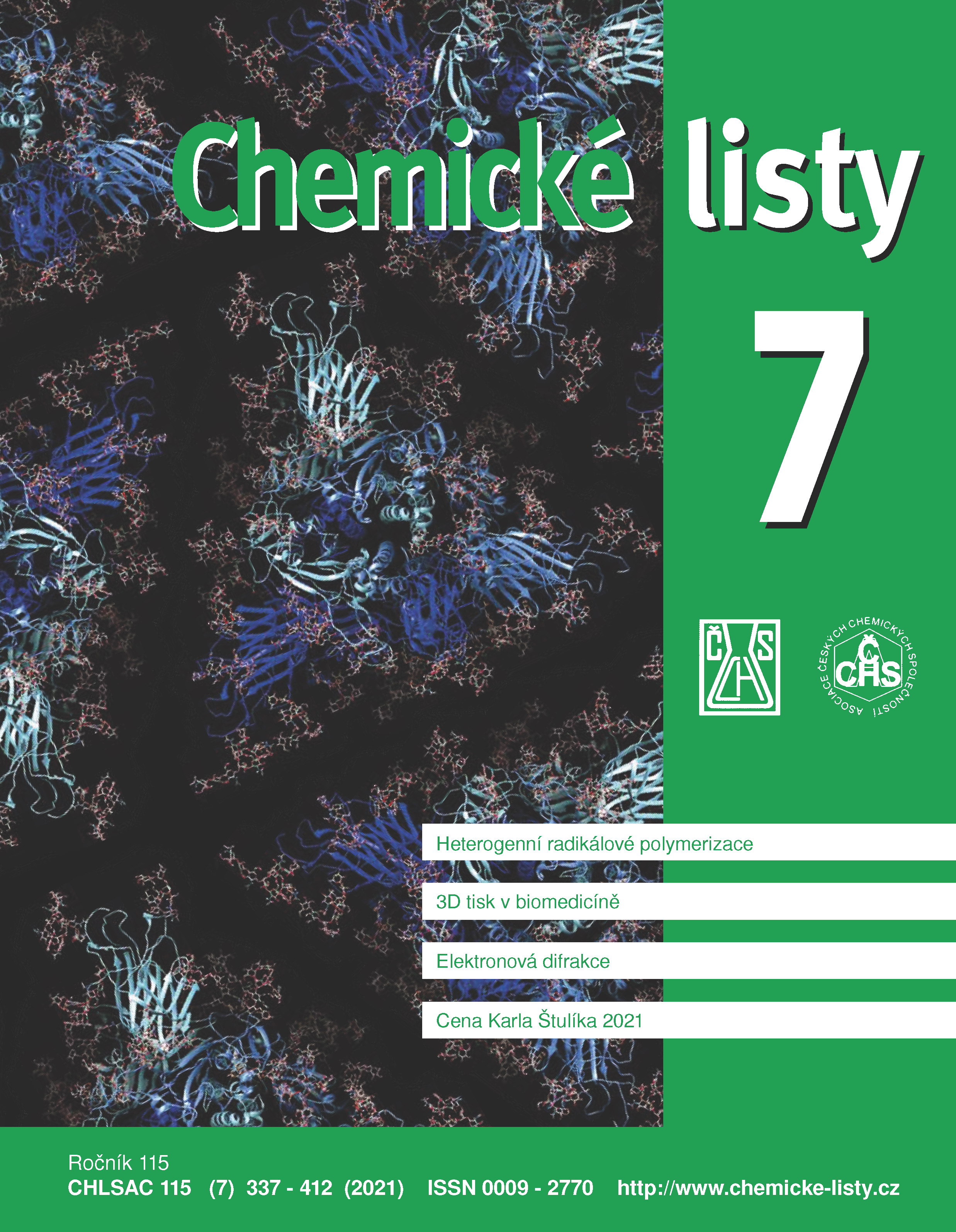Heterogeneous Radical Polymerization for Preparation of Polymer Particles – Part I
Keywords:
heterogeneous radical polymerization, polymer particles, microparticlesAbstract
Heterogeneous radical polymerizations include several polymerization techniques allowing to prepare polymer particles from various vinyl monomers. These polymerizations, namely suspension, dispersion, precipitation, emulsion polymerization, and swelling techniques, have been widely used for the lab- and industrial-scale preparation of important polymers, such as polystyrene, poly(styrene-co-divinylbenzene), poly(vinyl acetate), poly(vinyl chloride), or polymethacrylates. Typical characteristics of each polymerization predetermine a selection of monomer, initiator, solvent, stabilization, and define final particle size, particle size distribution, and particle morphology. On the other hand, they also limit the utilization of the given polymerization. The first part of the article reviews fundamental theoretical and practical features and specific aspects of basic suspension, dispersion, and precipitation polymerizations, as well as the swelling techniques, which are basically used for the preparation of various polymer microparticles. These particles are primarily used as sorbents, chromatographic packing materials, carriers, and solid supports in biomedicine and biotechnology.





